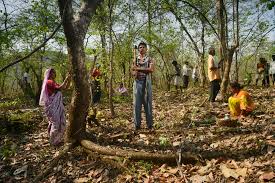Free Courses Sale ends Soon, Get It Now


Free Courses Sale ends Soon, Get It Now



Copyright infringement is not intended
Context:
More on the news:
What is a community forest resource?
What are Community Forest Resource rights?
Why is the recognition of CFR rights important?
Forest Rights Act:
https://indianexpress.com/article/explained/explained-what-are-community-forest-rights-why-do-they-matter-7939921/#:~:text=The%20Community%20Forest%20Resource%20rights,or%20manage%E2%80%9D%20the%20community%20forest
© 2024 iasgyan. All right reserved